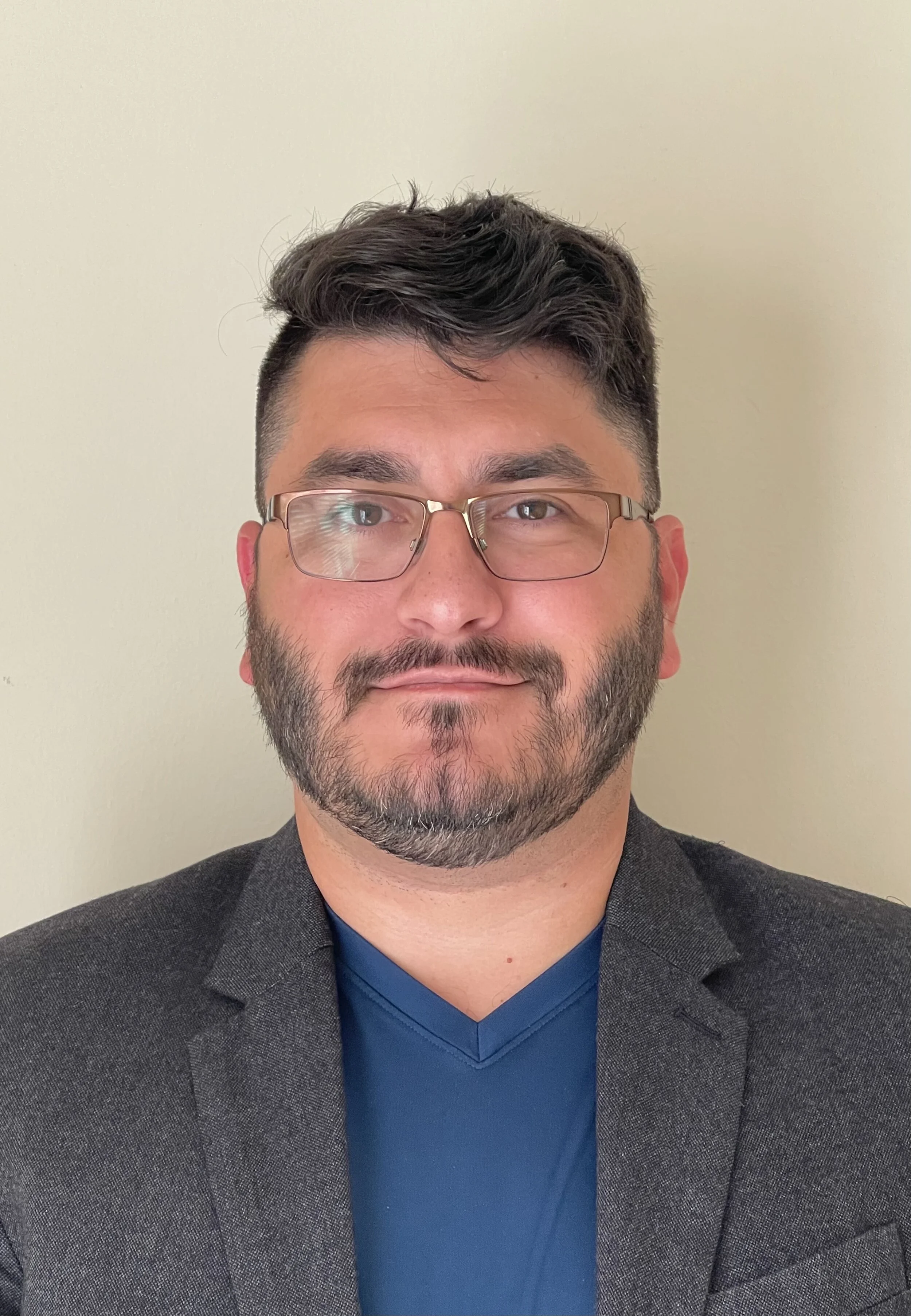The Medical University of South Carolina
Neural determinants of age-related change in auditory-visual speech processing
Older adults typically have more difficulty than younger adults identifying the speech they hear, especially in noisy listening environments. However, some older adults demonstrate a preserved ability to identify speech that is both heard and seen. This preserved audiovisual speech perception by older adults is not explained by an improved ability to speechread (lipread), as speechreading also typically declines with age. Instead, older adults can exhibit an improved ability to integrate information available from across auditory and visual sources. This behavioral evidence is consistent with findings suggesting that the neural processing of audiovisual speech can improve with age. Despite the accumulating and intriguing evidence, the underlying changes in brain structure and function that support the preservation of audiovisual speech perception in older adults remains a critical knowledge gap. This project uses an innovative neural systems approach to determine how age-related changes in cortical structure and function, both within and between regions of the brain, can preserve audiovisual speech perception in older adults.


